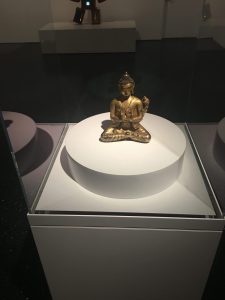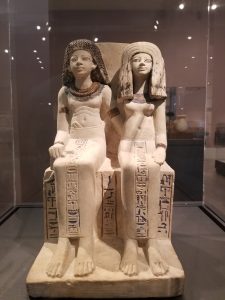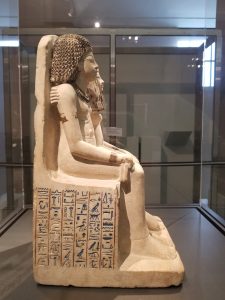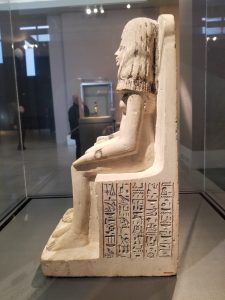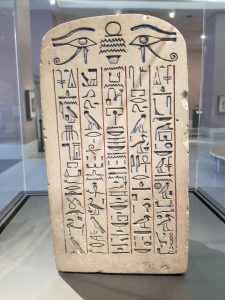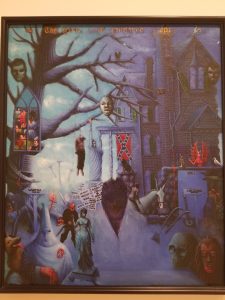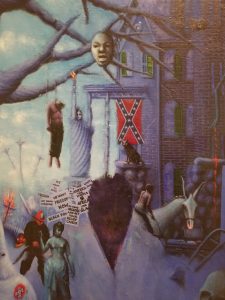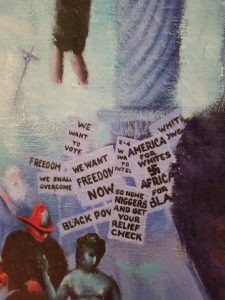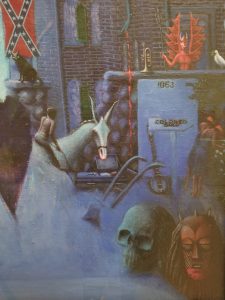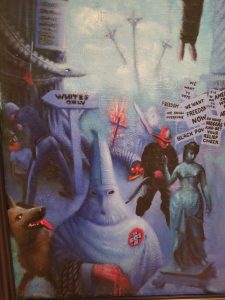The art of the ancient world allows us to understand the era and time in which it was originated. We were able to fully discuss and interpret the art of ancient Mesopotamia Egypt, Greece and Rome. Each region and time period had a different perception of humanity, deities, and the cycle of human life. Looking and formally analyzing ancient art is important because it reflects the society that creates them. Societies that without these art works, would be very difficult for us to understand. The symbolism, colors and materials can tell us a lot about the culture that produced it.
The ancient Egyptian art had some variations under the each succession but, overall had a similar portrayals of the rulers, the common people, the God and even the animals. The Palette of Narmer from 3000 BCE, served not only as a palette for aesthetic needs but also an opportunity to be reminded of the greatness of King Narmer. It is quite fascinating to see that Egyptians used art as a medium to preserve the glory of their rulers, who gave the people stability, wealth and most of all aspiration. In the palette, King Narmer is the larger figure, standing dominantly, showing his power through the staff in his hand and the slave/soldier of war he is holding by the head. King Narmer also seems to be receiving the crown of Lower Egypt from the falcon. This again goes to show his dominance in uniting the two regions, and creating one unified nation. This brings the concept of harmony, and social order into discussion because the Egyptians really revered living an honest and just life, as shown by the portrayal of after life in many Egyptian art work. This idea, and the unity they hoped to achieve in the after death with the Gods was central to the civilization. Egyptian art was different from Hellenistic and Roman art, in their depiction of humans. Also, the evolution of Greek and Roman art brought about many drastic changes in the portrayal of art itself.
When we first think of Greek art, our thought first goes to the elaborate and magnificent temples and building architecture developed by the ancient Greeks. They had developed very standard ways of constructing many places of worship, and other important building. In addition, Greek sculptures and stone work of human being show the understanding of human anatomy and structure. What the Egyptians portrayed as a stoic, rigid, and animated figure, the Greeks gave their human sculptures a more defined perspective of the human form. Even though it didn’t have an individualistic touch, early Greek art still gave a standard portrayal of the human body. For example, the Kouros constructed in 600 B.C.E. give the audience the correct human dimensions for the figure in the sculpture. The knee, the body muscles are well highlighted, and even the hair though not very realistic seems to have taken an effort to create, as each individual hair strand has a wave. This had more similarities to the stone sculptures of ancient Egypt than the classical periods of Greek and Rome. As we move towards classical period, human portrayal looked much more natural and had realistic facial expressions. For example, with eh Kritios Boy, though the facial expression still remains to be a bit dull, the body construction is very well realistic and natural.
Roman ancient art by far neared closer to the realistic portrayal of the actual human body, as much of their ideology was centered on the concept of humanism. The people, and even the deities, resembled a glorified human. This was unlike the ancient Egyptians where they depicted their Gods with animal heads and a rigid body. The Romans, glorified the human body through their artwork. Starting with the sculpture of Polykeitos in 450 B.C.E. who has this amazing athletic human body with well constructed human anatomy. The figure though lacked an individualistic touch to the face and a bland hair style, still outwardly portrayed a realistic human look. As we move forward we see the Dying Gaul, the portrait of Alexander the Great, the Seated Boxer, which all have a very realistic portrayal of the human body evidenced by the formation of the hair strands and the portrayal of the human body. The sculptors during this time took time to define the human musculature and present the body as realistically as possible.



